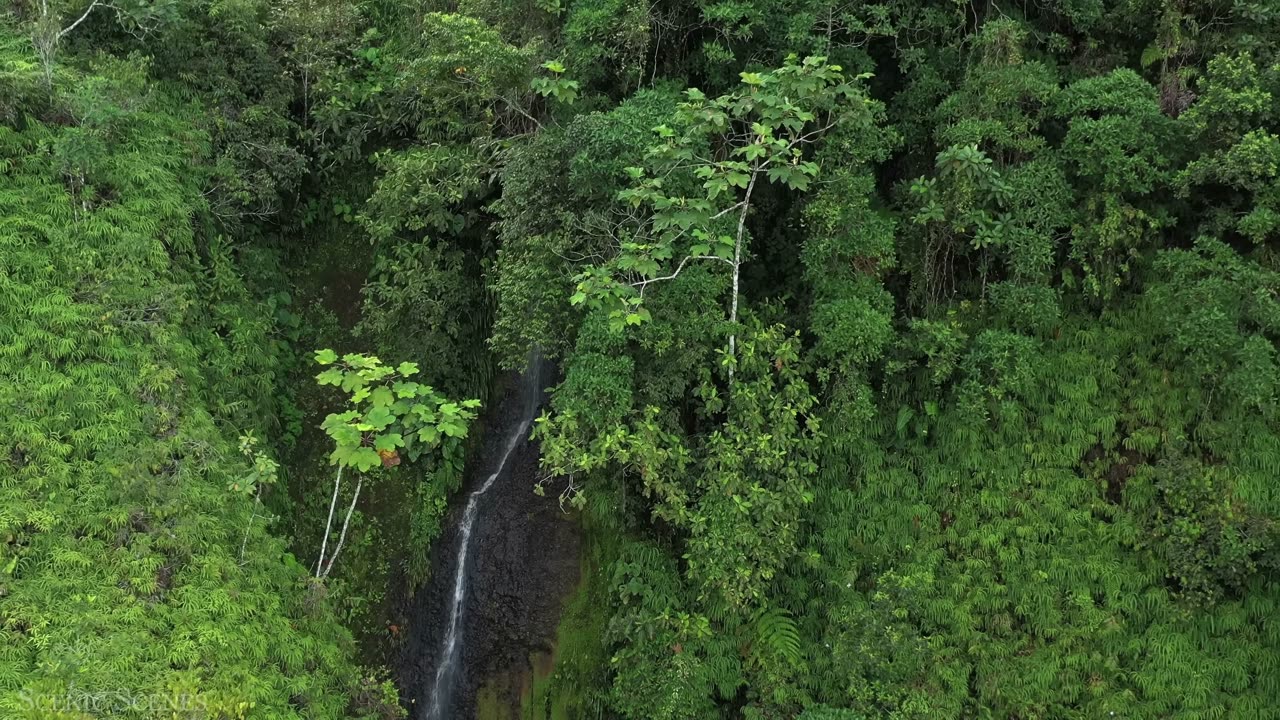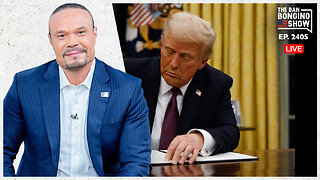Premium Only Content

Amazon Wildlife In HD | Animals That Call The Jungle Home
Amazon Rainforest - Relaxation Film
The Amazon rainforest,[a] also called Amazon jungle or Amazonia, is a moist broadleaf tropical rainforest in the Amazon biome that covers most of the Amazon basin of South America. This basin encompasses 7,000,000 km2 (2,700,000 sq mi),[2] of which 5,500,000 km2 (2,100,000 sq mi) are covered by the rainforest. This region includes territory belonging to nine nations and 3,344 formally acknowledged indigenous territories.
The majority of the forest, 60%, is in Brazil, followed by Peru with 13%, Colombia with 10%, and with minor amounts in Bolivia, Ecuador, French Guiana, Guyana, Suriname, and Venezuela. Four nations have "Amazonas" as the name of one of their first-level administrative regions, and France uses the name "Guiana Amazonian Park" for French Guiana's protected rainforest area. The Amazon represents over half of Earth's remaining rainforests,[3] and comprises the largest and most biodiverse tract of tropical rainforest in the world, with an estimated 390 billion individual trees in about 16,000 species.[4]
More than 30 million people of 350 different ethnic groups live in the Amazon, which are subdivided into 9 different national political systems and 3,344 formally acknowledged indigenous territories. Indigenous peoples make up 9% of the total population, and 60 of the groups remain largely isolated.[5]
Large scale deforestation is occurring in the forest, creating different harmful effects. Economic losses due to deforestation in Brazil could be approximately 7 times higher in comparison to the cost of all commodities produced through deforestation. In 2023, the World Bank published a report proposing a non-deforestation based economic program in the region
-
 52:01
52:01
Tucker Carlson
7 hours agoNew York Mayor Eric Adams Sounds a Lot Like a Trump Voter
89.2K48 -
 2:47:25
2:47:25
Right Side Broadcasting Network
5 hours agoLIVE REPLAY: President Donald J. Trump Holds First Press Briefing Since Inauguration - 1/21/25
166K152 -
 LIVE
LIVE
vivafrei
5 hours agoD.C. Gulag Jan. 6 Prisoners Release Watch!
5,332 watching -
 1:49:14
1:49:14
Redacted News
4 hours agoTrump is Back! Congress Uncovers New Biden Crimes One Day After He Leaves D.C. | Redacted
112K144 -
 2:09:53
2:09:53
Benny Johnson
4 hours ago🚨President Trump LIVE Right Now Making MASSIVE Announcement At White House News Conference
191K179 -
 2:04:10
2:04:10
Revenge of the Cis
5 hours agoEpisode 1433: Retribution
61.2K9 -
 1:42:50
1:42:50
The Criminal Connection Podcast
8 hours ago $0.30 earnedEddie Hearn talks JOSHUA vs FURY, Working With Frank Warren & The Truth About Turki Alalshikh!
19.2K1 -
 1:00:25
1:00:25
In The Litter Box w/ Jewels & Catturd
1 day agoGolden Age | In the Litter Box w/ Jewels & Catturd – Ep. 724 – 1/21/2025
112K51 -
 57:42
57:42
The Dan Bongino Show
12 hours agoHE'S BACK! (Ep. 2405) - 01/21/2025
1.28M1.92K -
 46:19
46:19
Candace Show Podcast
5 hours agoUH-OH! Elon’s Viral Salute Steals The Inauguration Show | Candace Ep 136
125K321